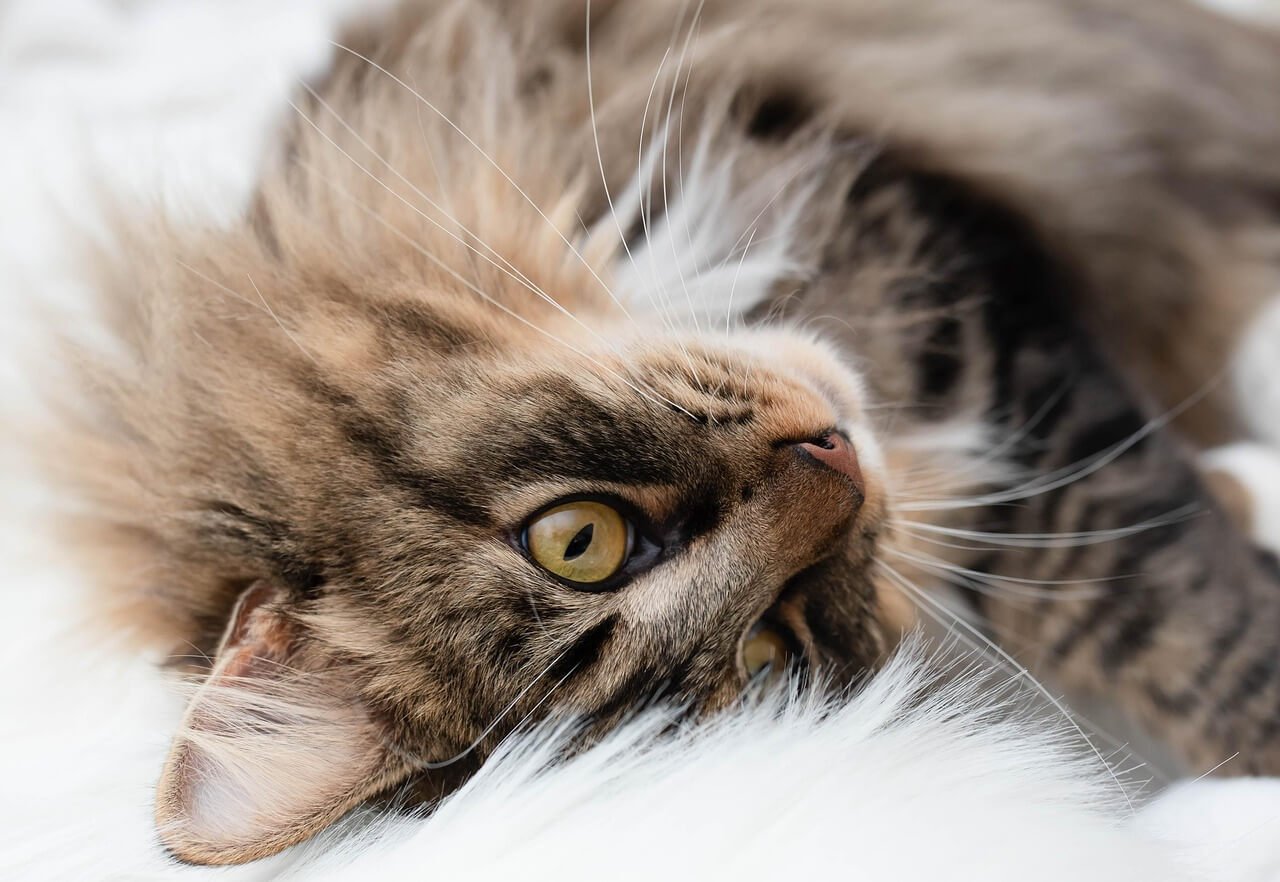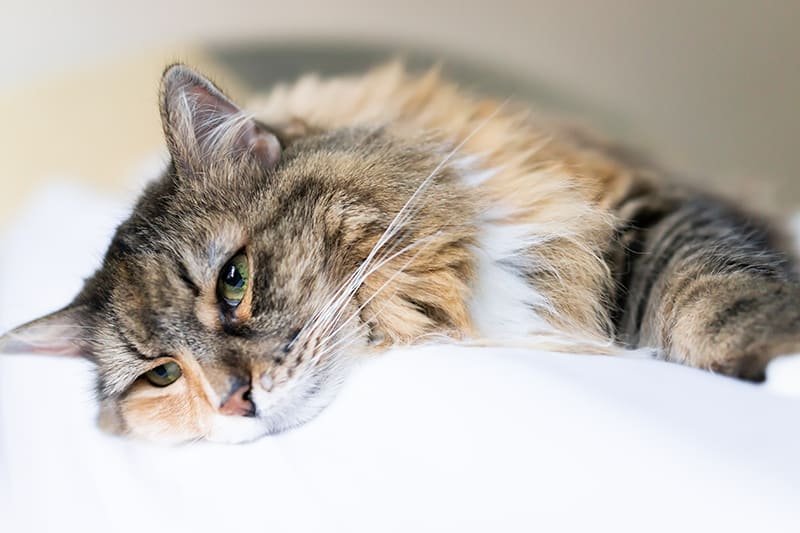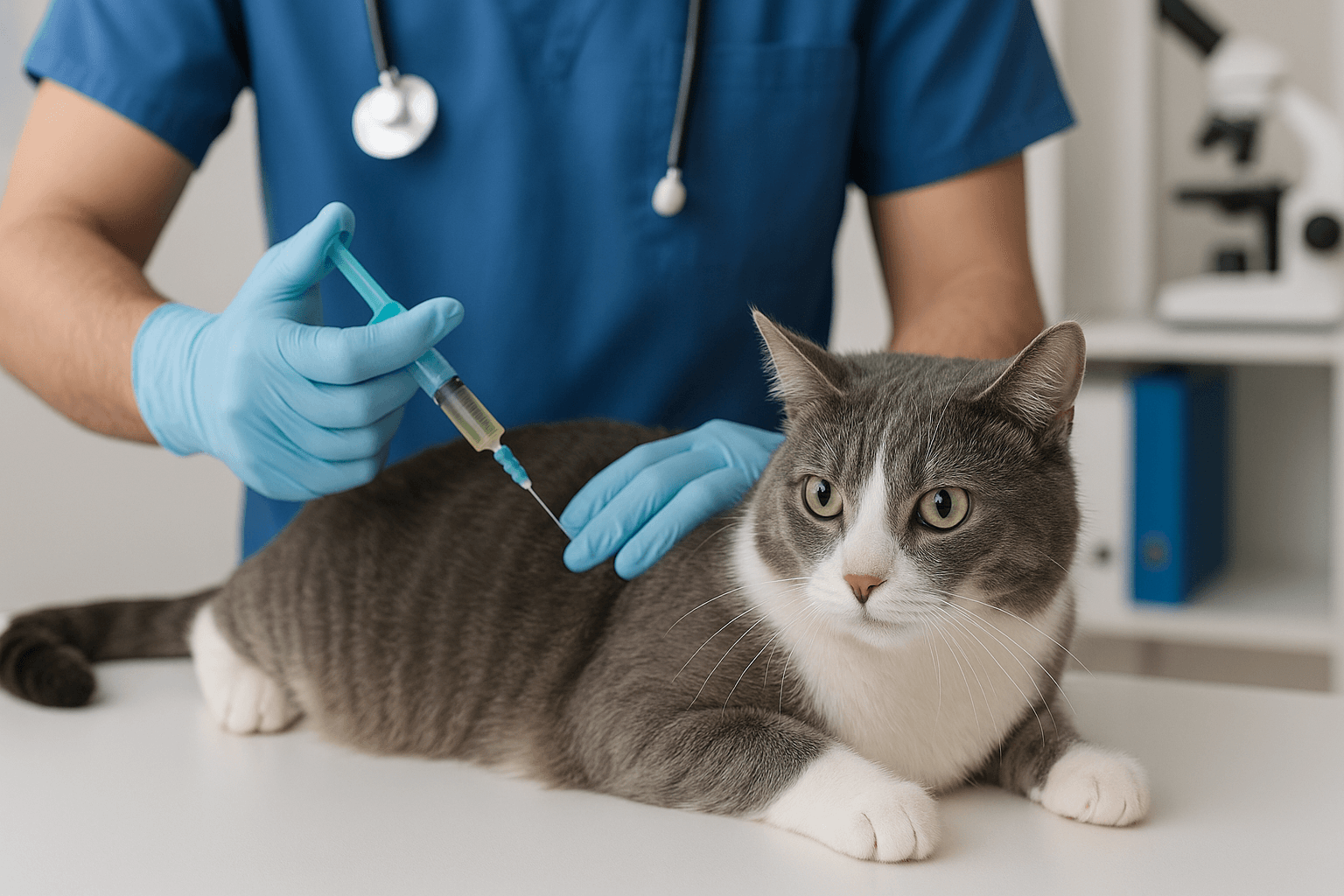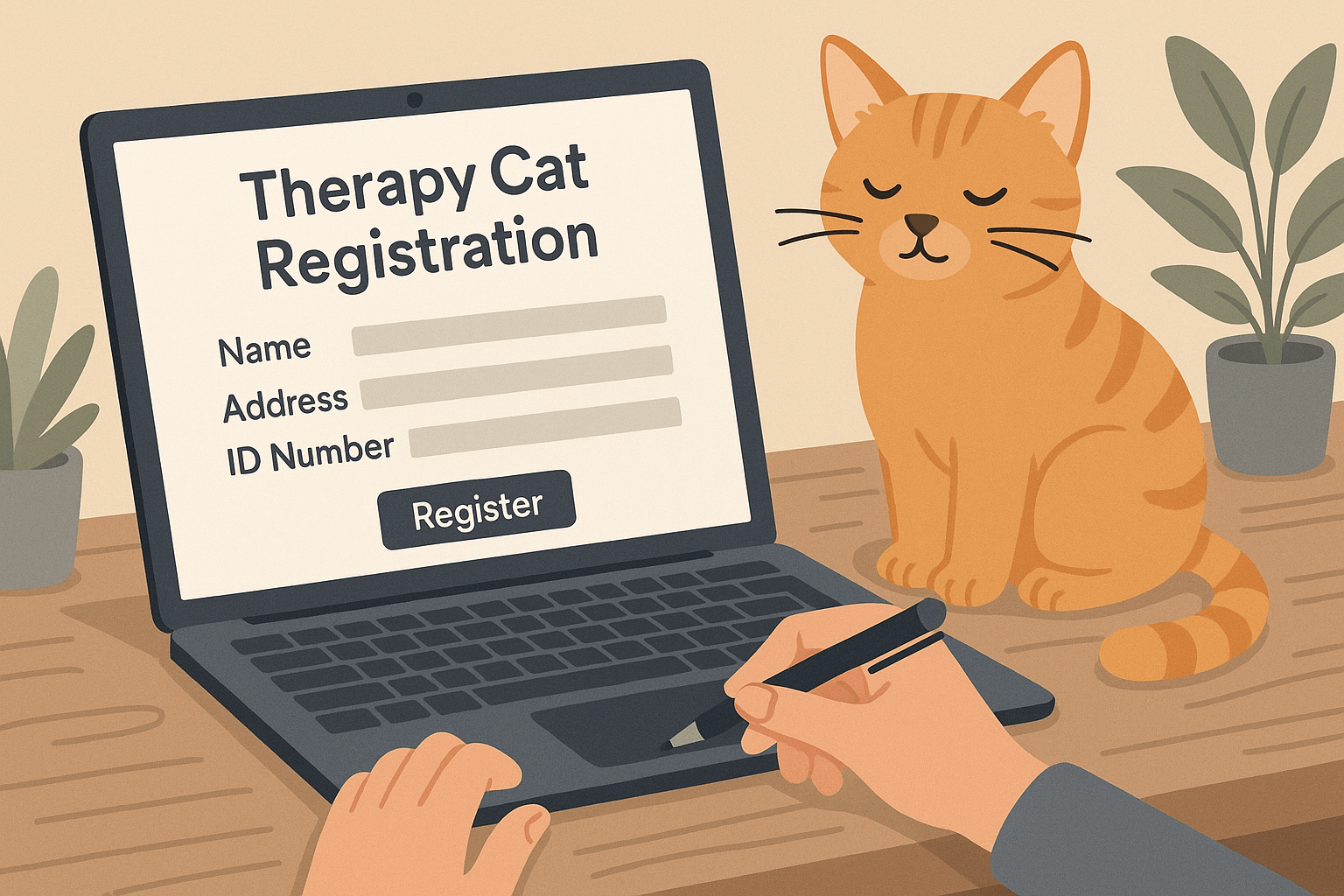Cat-Safe Ice Cream: A Treat for Your Feline Friend
Who doesn’t love indulging in a sweet, creamy treat on a hot summer day? While ice cream is a beloved dessert for humans, many cat owners wonder if their furry companions can join in on the fun. The good news is that there are ways to create or purchase cat-safe ice cream specifically designed for feline consumption. These treats not only satisfy your cat’s curiosity but also ensure their health and safety. In this blog post, we’ll explore everything you need to know about cat-safe ice cream, from its benefits to recipes and tips for serving it responsibly. Let’s dive into how you can spoil your kitty with a delicious, guilt-free treat!
Why Choose Cat-Safe Ice Cream Over Regular Ice Cream?
While regular ice cream may seem tempting to share with your cat, it contains ingredients that can be harmful to their delicate digestive systems. Opting for cat-safe ice cream ensures your pet enjoys a treat without risking their health. Here’s why cat-safe options are the better choice:
Lactose-Free Formula:
Most adult cats are lactose intolerant, meaning dairy-based ice cream can cause upset stomachs or diarrhea. Cat-safe ice cream eliminates this risk by using lactose-free alternatives.Avoids Toxic Ingredients:
Regular ice cream often contains chocolate, artificial sweeteners like xylitol, or other additives that are toxic to cats. Cat-safe options are free from these harmful substances.Nutrient-Rich Ingredients:
Many cat-safe ice creams are fortified with vitamins, minerals, and proteins that support your cat’s overall health.Tailored to Feline Preferences:
Cat-safe ice cream comes in flavors that appeal to cats, such as tuna, chicken, or salmon, rather than overly sweet human flavors.Promotes Hydration:
Some cat-safe ice creams have high moisture content, helping cats stay hydrated—a bonus for pets who don’t drink enough water.
Choosing cat-safe ice cream over regular options ensures your feline friend enjoys a tasty treat without compromising their well-being.
How to Make Homemade Cat-Safe Ice Cream
If you’re feeling creative, making homemade cat-safe ice cream is a fun and rewarding way to treat your pet. With simple, wholesome ingredients, you can whip up a batch that’s both delicious and nutritious. Here’s how to get started:
Use Lactose-Free Yogurt or Coconut Milk:
These serve as safe bases for your ice cream, providing creaminess without upsetting your cat’s stomach.Add Pureed Meat or Fish:
Incorporate pureed tuna, chicken, or salmon for flavor and protein. Avoid seasoning or adding salt.Include Fresh Fruits (Optional):
Small amounts of cat-safe fruits like blueberries or banana slices can add natural sweetness and nutrients.Freeze in Small Portions:
Use an ice cube tray or small molds to portion out the ice cream for easy serving and storage.Skip Artificial Additives:
Avoid sugar, artificial flavors, or preservatives, as these can be harmful to cats. Stick to natural, whole ingredients instead.
With these tips, you can craft a homemade treat that’s perfectly tailored to your cat’s tastes and dietary needs.
Check this guide 👉Is Coconut Oil Safe for Cats? Best 7 Health Tips!
Check this guide 👉Is Lavender Safe for Cats? Best 7 Health Tips!
Check this guide 👉Do Cats Eat Mice? Best 7 Health Tips!
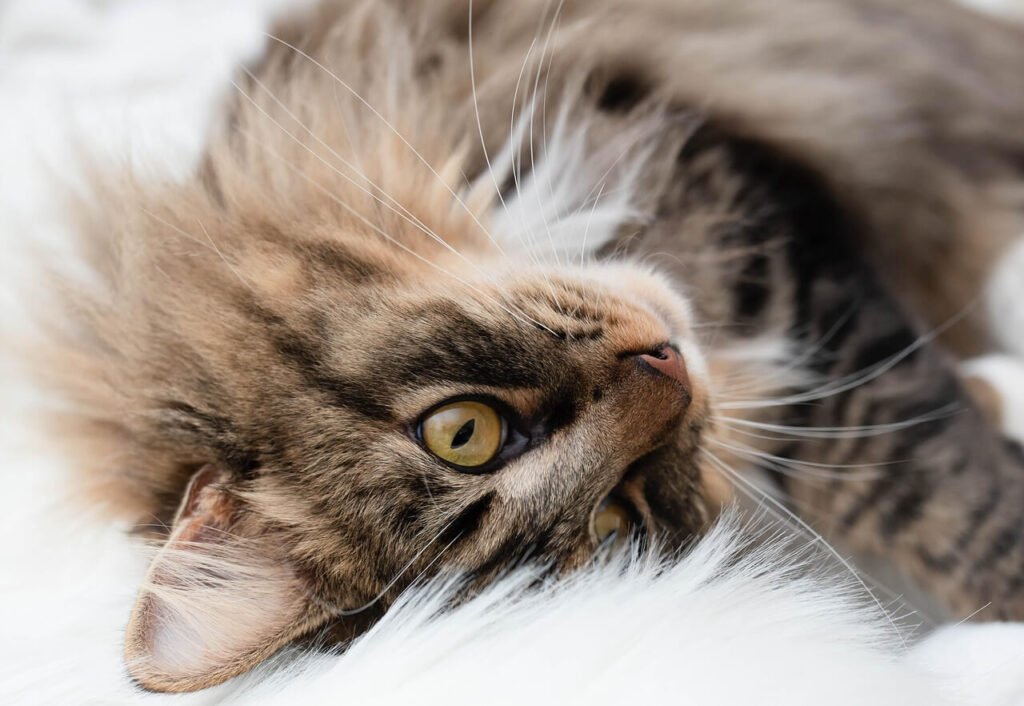
Benefits of Cat-Safe Ice Cream | Ingredients to Avoid in Cat Treats |
|---|---|
Provides a safe, enjoyable treat | Dairy products with lactose |
Fortified with essential nutrients | Chocolate or cocoa |
Helps with hydration | Artificial sweeteners like xylitol |
Tailored to feline flavor preferences | High-sodium ingredients |
Easy to make at home | Preservatives and artificial colors |
Where to Buy Pre-Made Cat-Safe Ice Cream
If you’re short on time or prefer convenience, pre-made cat-safe ice cream is widely available online and in pet stores. Here’s what to look for when shopping for these treats:
Reputable Brands:
Choose brands known for producing high-quality, vet-approved cat treats to ensure safety and quality.Natural Ingredients:
Opt for products made with natural, recognizable ingredients like fish broth, coconut milk, or fruit extracts.No Added Sugars or Salt:
Check the label for hidden sugars, salt, or artificial additives that could harm your cat.Flavor Variety:
Look for flavors your cat will enjoy, such as tuna, salmon, or chicken, rather than overly sweet options.Portion-Controlled Packaging:
Smaller, individually wrapped servings make it easy to control portion sizes and maintain freshness.
By selecting the right product, you can provide your cat with a store-bought treat that’s both safe and satisfying.
Tips for Introducing Ice Cream to Your Cat
Introducing a new treat like cat-safe ice cream requires patience and observation to ensure your pet enjoys it without any adverse reactions. Follow these tips for a smooth introduction:
Start with Small Amounts:
Offer a tiny spoonful or lick to gauge your cat’s interest and monitor for any digestive issues.Observe for Allergies:
Watch for signs of allergic reactions, such as itching, swelling, or vomiting, especially if the treat contains novel ingredients.Serve as an Occasional Treat:
Limit ice cream to occasional indulgences rather than a daily snack to prevent weight gain or nutritional imbalances.Pair with Playtime:
Use the treat as a reward during training sessions or after playtime to create positive associations.Check with Your Vet:
If your cat has underlying health conditions, consult your veterinarian before introducing new foods.
By following these guidelines, you can safely incorporate cat-safe ice cream into your pet’s diet.
Signs Your Cat Loves Ice Cream
Some cats take to ice cream immediately, while others may need time to warm up to the idea. Here are signs that your cat enjoys their new treat:
Excited Behavior Around the Treat:
If your cat meows or paws at the container, they’re likely eager to try it again.Increased Licking or Purring:
Cats often express contentment through licking or purring while enjoying something they love.Seeking Out the Treat Later:
A cat that remembers and asks for ice cream later shows a strong preference for it.Clean Bowl After Serving:
If your cat licks the bowl clean, it’s a clear sign they approve of the flavor.Positive Body Language:
Relaxed posture, kneading paws, or rubbing against you indicates happiness during treat time.
These behaviors confirm that your efforts to find the perfect cat-safe ice cream have paid off.
Creative Ways to Serve Cat-Safe Ice Cream
Serving cat-safe ice cream doesn’t have to be boring—get creative to make it even more special for your furry friend!
Freeze Inside Toys:
Stuff ice cream into interactive toys to combine treat time with mental stimulation.Layer with Toppings:
Sprinkle crushed freeze-dried meat or catnip on top for added flavor and texture.Create Ice Cream Sandwiches:
Place a dollop of ice cream between two thin slices of cat-safe cookies for a fun twist.Use Silicone Molds:
Shape the ice cream into fun designs like fish or hearts for a personalized touch.Serve During Special Occasions:
Offer ice cream as part of birthday celebrations or adoption anniversaries to make them extra memorable.
These ideas turn treat time into an exciting event your cat will look forward to.
Health Benefits of Cat-Safe Ice Cream
Beyond being a tasty indulgence, cat-safe ice cream can offer surprising health benefits when served responsibly.
Supports Joint Health:
Some formulations include glucosamine or omega-3 fatty acids, which promote joint mobility in older cats.Encourages Hydration:
The high moisture content helps cats stay hydrated, particularly those prone to urinary issues.Boosts Immune Function:
Fortified versions may contain vitamins and antioxidants that strengthen your cat’s immune system.Aids Digestive Health:
Probiotic-rich bases like yogurt can improve gut flora and aid digestion.Provides Mental Stimulation:
Enjoying a new treat engages your cat’s senses and keeps them mentally sharp.
Incorporating cat-safe ice cream into your pet’s routine offers more than just enjoyment—it contributes to their overall wellness too.
Frequently Asked Questions About Cat-Safe Ice Cream
Can cats eat regular ice cream?
No, regular ice cream contains lactose and other ingredients that can upset your cat’s stomach or be toxic.
How often can I give my cat ice cream?
Cat-safe ice cream should be given sparingly, no more than once or twice a week, to avoid overindulgence.
What flavors do cats like best?
Cats typically prefer savory flavors like tuna, chicken, or salmon over sweet ones.
Is homemade ice cream safer than store-bought?
Both options can be safe if made or purchased with high-quality, cat-friendly ingredients.
Can kittens have cat-safe ice cream?
Yes, but always introduce it gradually and consult your vet to ensure it’s appropriate for their age and dietary needs.
Spoiling Your Cat Safely with Cat-Safe Ice Cream
Cat-safe ice cream is a delightful way to show your feline companion some extra love while keeping their health in mind. Whether you choose to make it at home or purchase a pre-made option, the key is to prioritize safe, nutritious ingredients and serve it in moderation. By understanding your cat’s preferences and dietary needs, you can turn treat time into a joyful bonding experience. So go ahead—let your cat enjoy a scoop of happiness, knowing you’ve done everything to keep them safe and satisfied!
Is the Rubber Tree Cat Safe? Best 7 Expert Tips! Discover expert advice on keeping rubber plants safely in cat-friendly homes and learn top tips for pet-safe plant care.
Low Red Blood Cell Count in Cats: Best 7 Expert Tips! Discover causes, symptoms, and treatment options for feline anemia. Learn how to support your cat’s health effectively with expert advice.
Understanding Megacolon Treatment: Best 7 Expert Tips! Discover effective strategies to manage feline megacolon, from dietary changes to surgical options, ensuring your cat’s comfort and long-term health.
How to Register a Therapy Cat: Best 7 Expert Tips! Discover essential steps to certify your cat as a therapy animal, prepare them for training, and make a meaningful impact in therapeutic settings.

